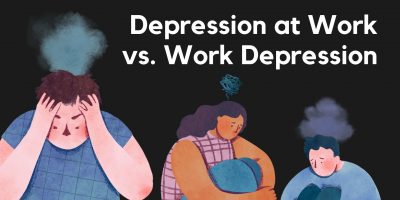
Depression at Work vs. Work Depression
Is there still a long way to go in fostering a culture of empathy where depression at work and work depression are viewed and treated with the same respect and urgency as any other health issue?

People from all walks of life and different socioeconomic statuses can be affected by depression. Analyzing and understanding the impact reflected in the most recent depression statistics will help raise mental health awareness and reduce stigmatization.
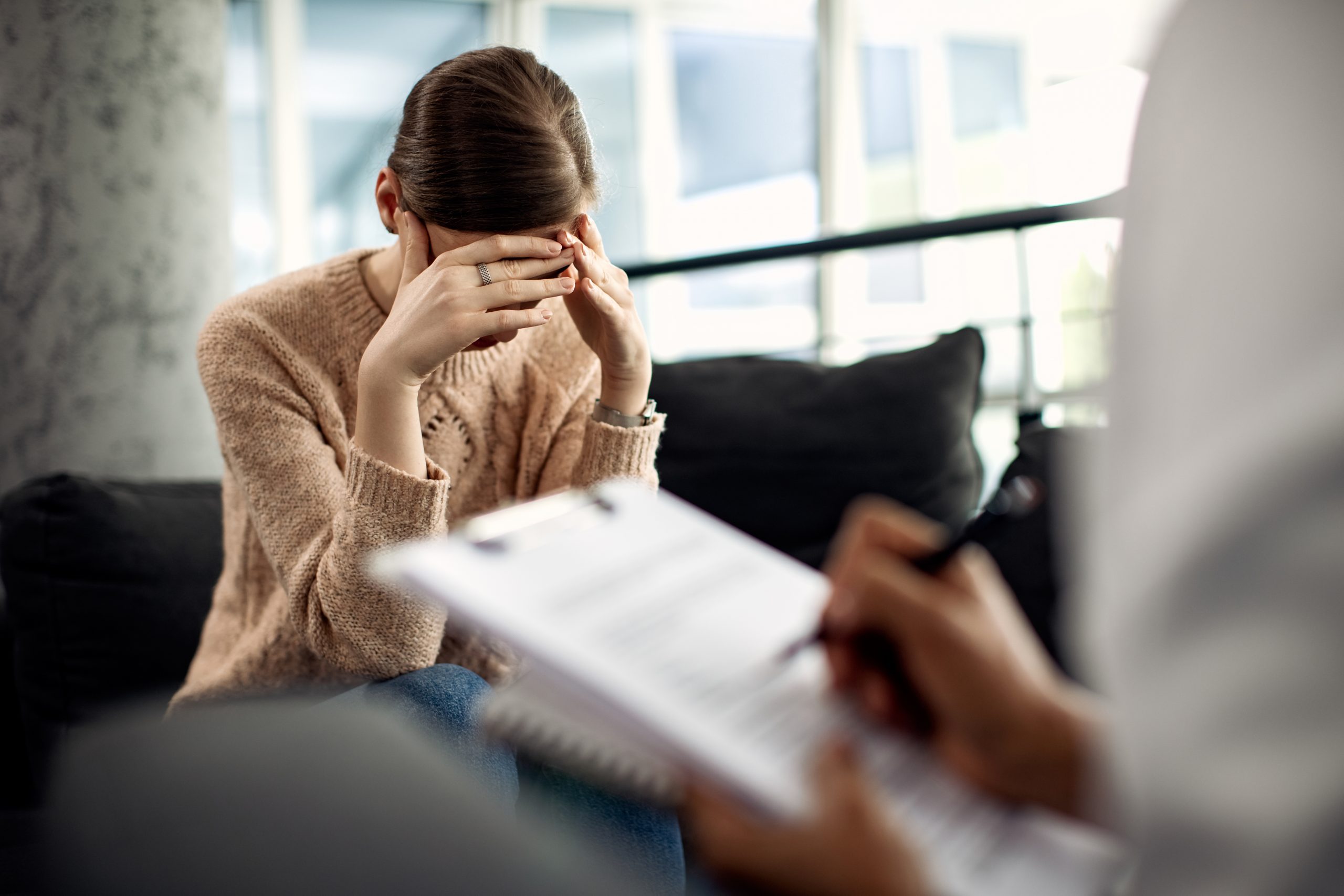
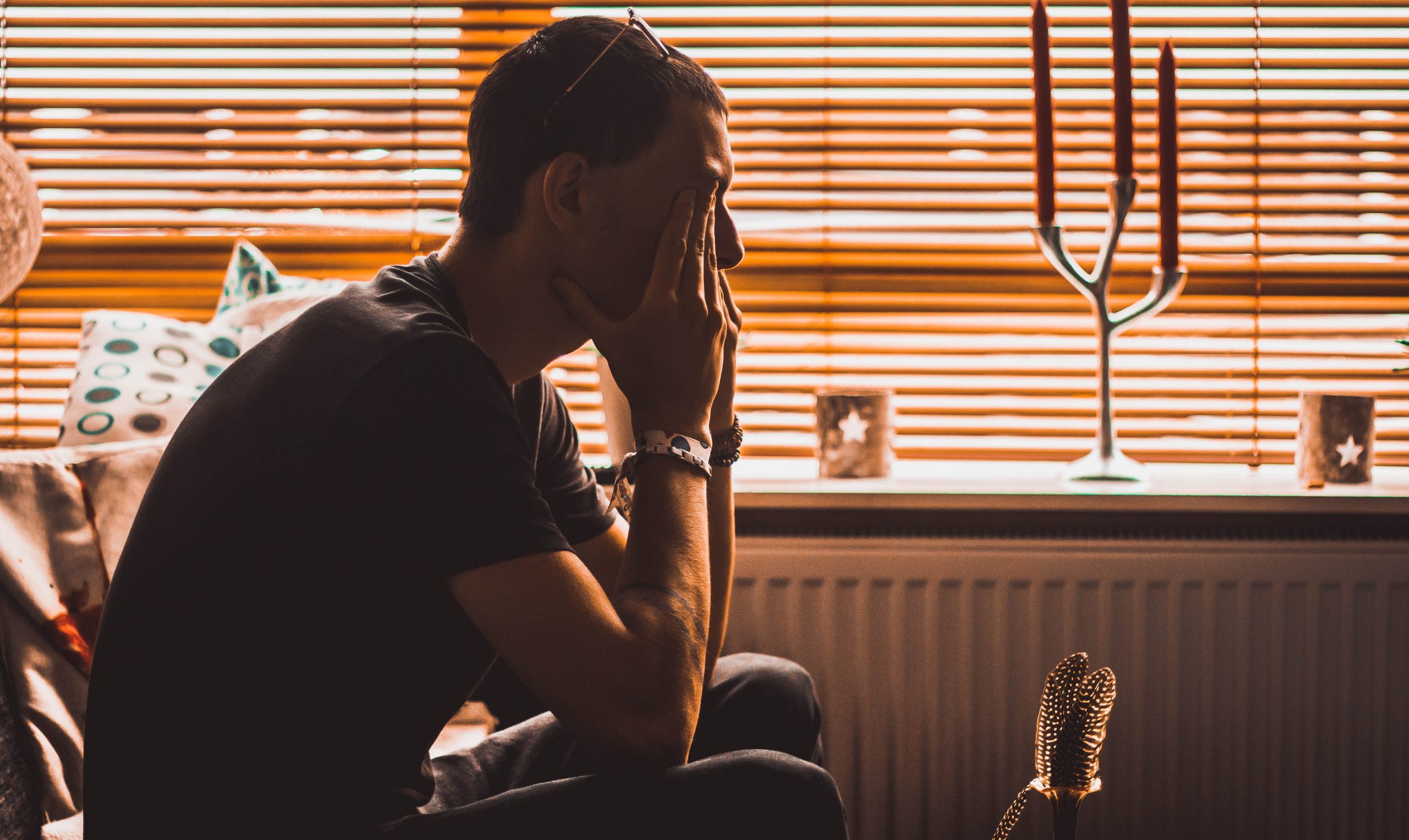

Browse our curated list of vendors to find the best solution for your needs.
Subscribe to our newsletter for the latest trends, expert tips, and workplace insights!

Is there still a long way to go in fostering a culture of empathy where depression at work and work depression are viewed and treated with the same respect and urgency as any other health issue?

The critical part of addressing toxic positivity in the workplace is recognizing it exists. What signs should you look for, and how do you deal with toxic positivity at work before it becomes deeply rooted in your company culture?
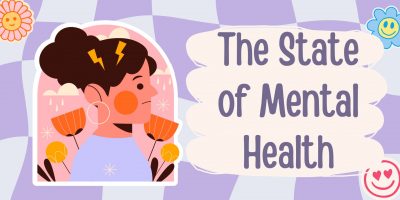
Gain a comprehensive understanding of current trends, challenges, and innovative approaches to support mental well-being in today’s fast-paced work environments.
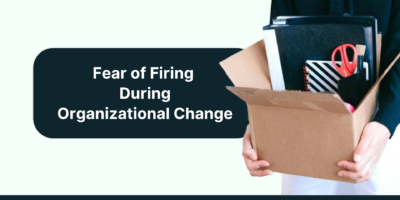
Fear of firing can quietly take hold during organizational change, even in the absence of actual risk. This article unpacks its drivers and offers strategies for addressing this anxiety, individually and collectively.
Used by most of the top employee benefits consultants in the US, Shortlister is where you can find, research and select HR and benefits vendors for your clients.
Shortlister helps you reach your ideal prospects. Claim your free account to control your message and receive employer, consultant and health plan leads.